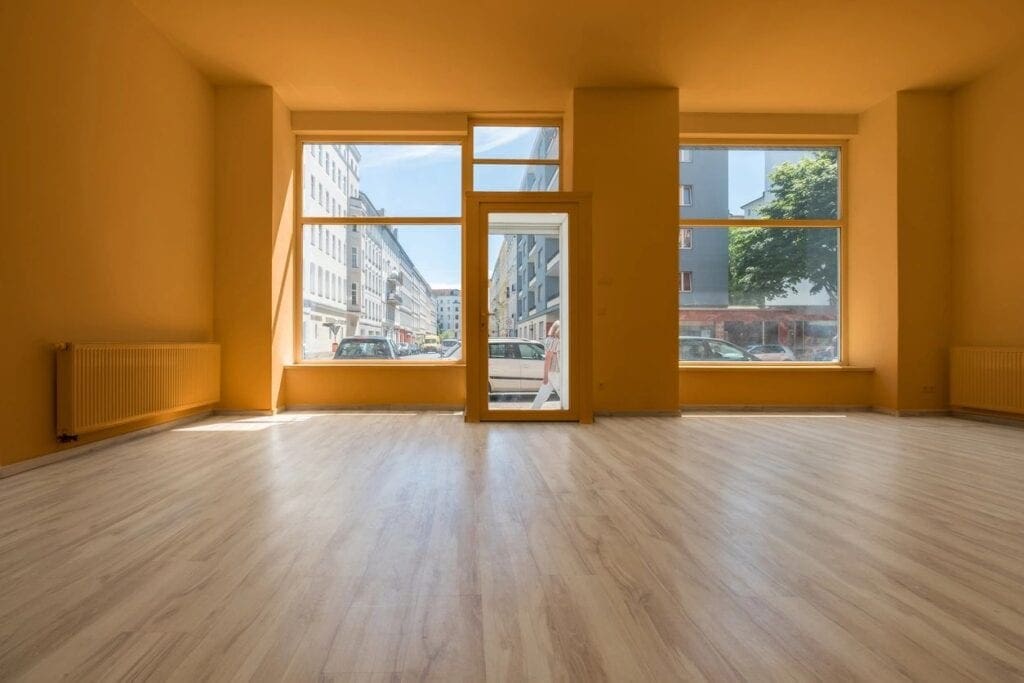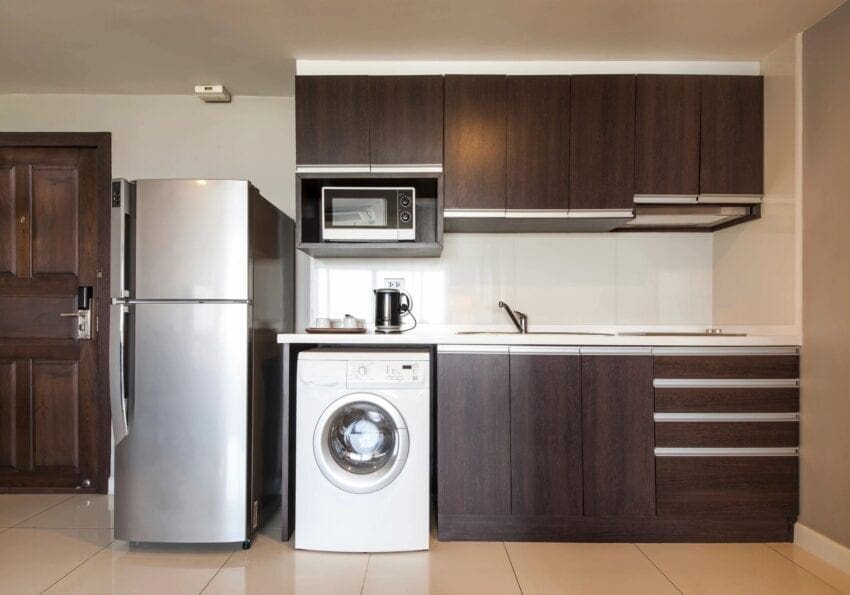A property rental security deposit against damage is a standard part of all housing rental agreements. The purpose of the security deposit is to protect a MN landlord from loss in the event the tenant does not take proper care of the property. Most tenants/renters sometimes don’t even think about it when they sign a new lease, assuming they will get their entire deposit back when they move out.

So, it often comes as a surprise when the refund amount is lower than what they paid when they signed the agreement. Many renters are surprised to find out what the landlord can deduct from their deposit. Here are some common items that the landlord can charge to renters when they leave:
• Non-Payment of Rent – This should seem obvious; if the tenant leaves before the lease is up or simply owes back rent, the landlord can deduct or keep the deposit to compensate.
• Unpaid Utilities – Utility companies will hold the landlord responsible for unpaid bills, so if the water or electric bill has been unpaid, they will deduct this from the security deposit.
• Unusual Cleaning – While normal wear and tear are not deductible, when a landlord has to clean the property after the tenant has moved out can be charged to the renter.
• Damage – This also should be obvious. This was the main purpose of the deposit.
• Trash and Other Items Left Behind – Renters should think twice about leaving that old patio furniture behind. Any cost to remove and dispose of anything left in the property can be charged against the deposit.
Finally, breaking the lease for any reason could put your deposit at risk. Renters need to educate themselves about the risks to their deposit and read the lease carefully for any specific terms included by the landlord. This can help renters avoid the shock of a smaller-than-expected refund check.
MN Landlord & Tenant Rights and Responsibilities

